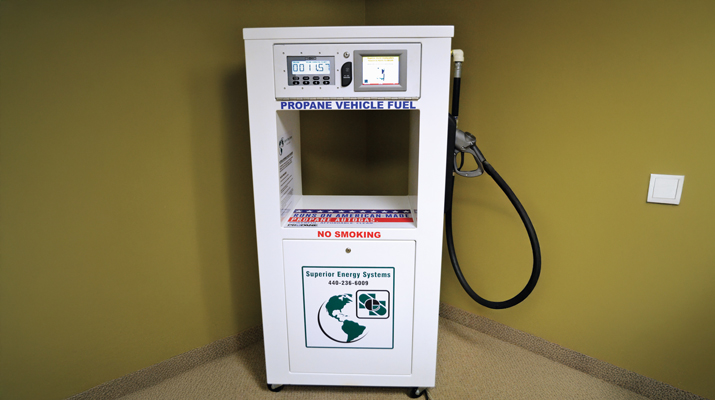Prioritize safety as you advise propane grill purchases, preparations

The average person must consider many factors when shopping for a grill. Safety should be one of them.
My old propane grill died last fall. I went to clean it and potentially replace the burners when the whole bottom fell out from rust. So I hauled it to the recycling center.
Over the winter, while debating which new grill to purchase, I read hundreds of reviews online from consumers about grills sold in my area. Some grills were highly recommended, while others termed the same grill to be a piece of junk. Quality seemed to be a huge factor, and proper maintenance and care impacted consumer experience, as well.
I came away with a better understanding of why grills rust, as well as a few common safety issues that all gas grill users should be aware of.
The average person must consider many factors when shopping for a grill. Multi-function grills with propane, charcoal and smoker boxes are options. Some grills feature six burners, a searing grill, infrared burners and a rotisserie.
To make matters more confusing, prices can range from hundreds to thousands of dollars on grills with similar features. Consumer Reports ranks grills by price and discusses these issues in terms of consumer-friendly ease.
Here are some of the issues I found while reading reviews:
Tank and hose location. I found some grills have awkwardly placed cylinder storage and that some gas lines almost have to be stretched and bent around a corner. I remembered that engineering problem with my old grill.
I recommend finding a grill that allows the tank to be easily changed out without tension on the hose.
Self-assembly versus store assembly. Some reviewers ordered their grill online and found shipping damage. In addition, many commented about hard-to-understand assembly instructions, lengthy assembly time and some improvisation required to make everything fit. Many stated they bought the grill pre-assembled from a local store.
Properly seasoning a grill. Properly seasoning a grill will go a long way toward preventing rust.
As I recall with my old grill, I simply assembled it, checked for leaks and proceeded to cook. With my new grill, I sprayed the whole inside with Pam, turned it on and let it bake before cooking on it.
I recommend you advise your customers to read manufacturer’s instructions and search for “seasoning a grill” on the Internet.
Regularly cleaning the grill. Good housekeeping will reduce flare-ups, prevent grease fires and extend the life of the grill. This includes the grill surface, as well as the drip shelf and pan.
This past summer, my cousin lit his propane grill and left it on high to burn off the grease. The grease caught fire, and we almost didn’t get to the tank to shut it off and disconnect it as the grease fire roared above the top of the grill.
Open the hood prior to turning on the gas and lighting. I frequently hear stories of the gas being turned on and left on too long prior to lighting. If it doesn’t light in seconds, turn it off, wait five minutes and try again.
Igniter failure is also a common problem on gas grills because the battery connections can rust, and parts can be hard to find. I used one of those butane handheld lighters on my old grill for many years, and it worked just fine. It should light in seconds.
Filling, exchanging and transporting cylinders. I often see refillers failing to inspect for requalification, remove plastic sleeves to inspect tanks prior to filling and neglecting to use protective gloves and eyewear. These safety violations are accidents waiting to happen.
I always recommend removal of plastic sleeves when purchasing an exchange cylinder to make sure there is no rust problem under the sleeve. It’s rare, but it happens.
Lastly, go directly home when transporting cylinders and keep them upright with protective caps on valves.
Jay Johnston is an insurance executive, management consultant and inspirational safety speaker. He is the publisher of The Safety Leader newsletter and author of the books “The Practice of Safety” and “A Leap of Faith Takes Courage.” Jay can be reached at jay@thesafetyleader.com or 952-935-5350.
















